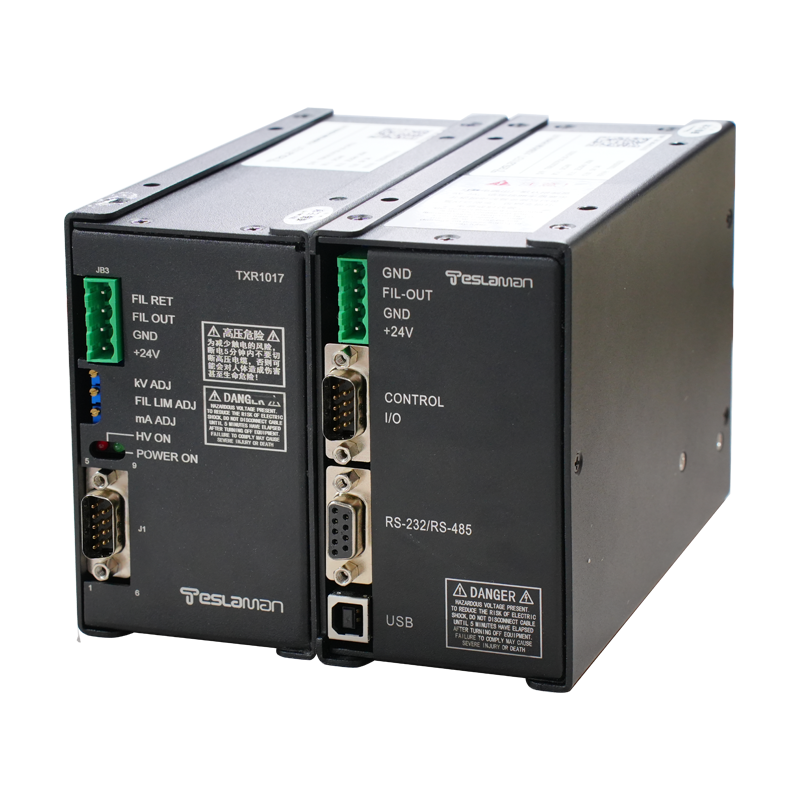The Application Principle and Technical Characteristics of High Voltage Power Supply in Particle Size Detection
Overview
Particle size is an important physical parameter describing particulate materials. It directly affects the performance and processing characteristics of the material. In order to accurately detect the particle size of the material, professional particle size analyzers need to be used. Many of these instruments require a high voltage power supply to provide a stable operating voltage. This article will introduce the application principle and technical characteristics of high voltage power supplies in common particle size detection instruments.
Working Principle
Electrostatic dispersion is one of the most widely used methods in particle size detection. Its basic principle is to use the electrostatic repulsion force between particles for dispersion, and then measure the size and number distribution of the dispersed particles. In the electrostatic dispersion system, the high voltage power supply is used to charge the sample particles to obtain higher charges, thereby increasing the electrostatic repulsion between the particles, which is beneficial to dispersion.
Laser scattering is another important particle size detection method. It uses laser irradiation of the sample and calculates the particle size based on the scattering angle distribution of the scattered light. In laser scattering based particle size analyzers, the high voltage power supply provides the operating voltage for the laser. Higher operating voltages can enable the laser to output higher power and more stable lasers, which is beneficial for improving detection accuracy.
Technical Characteristics
The high voltage power supply used in particle size detection instruments needs to have sufficiently high output voltage, output power, stability and other technical indicators. The specific requirements are as follows:
1. The output voltage range is generally from a few kilovolts to tens of kilovolts, and can be designed according to the instrument requirements.
2. The output power ranges from a few watts to hundreds of watts. The output current is small, often at the milliampere level.
3. Good stability, low ripple and low ripple, to ensure small fluctuations in the output voltage.
4. Low reflected voltage, which helps improve system stability.
5. Short circuit protection function to avoid damage to the power supply itself in case of load short circuit.
6. Convenient adjustment of output voltage to adapt to the detection needs of different samples.
7. The size and weight are appropriate to facilitate integration into particle size detection instruments.
8. Long service life, high reliability.
Summary
High voltage power supplies play an important role in particle size detection technologies such as electrostatic dispersion and laser scattering. The higher output voltage can provide sufficient electrostatic dispersion force or laser output power. At the same time, the high voltage power supply itself must have good stability, short circuit protection, long service life and other technical characteristics to meet the usage requirements of particle size detection instruments. Selecting the appropriate high voltage power supply will help improve the accuracy and reliability of particle size detection.




















